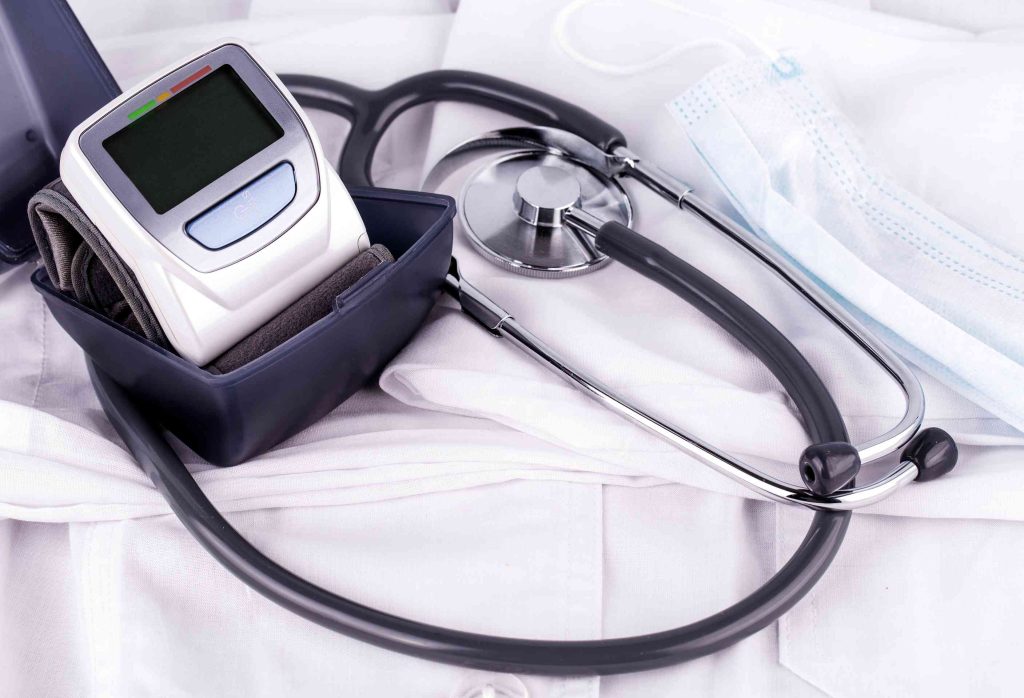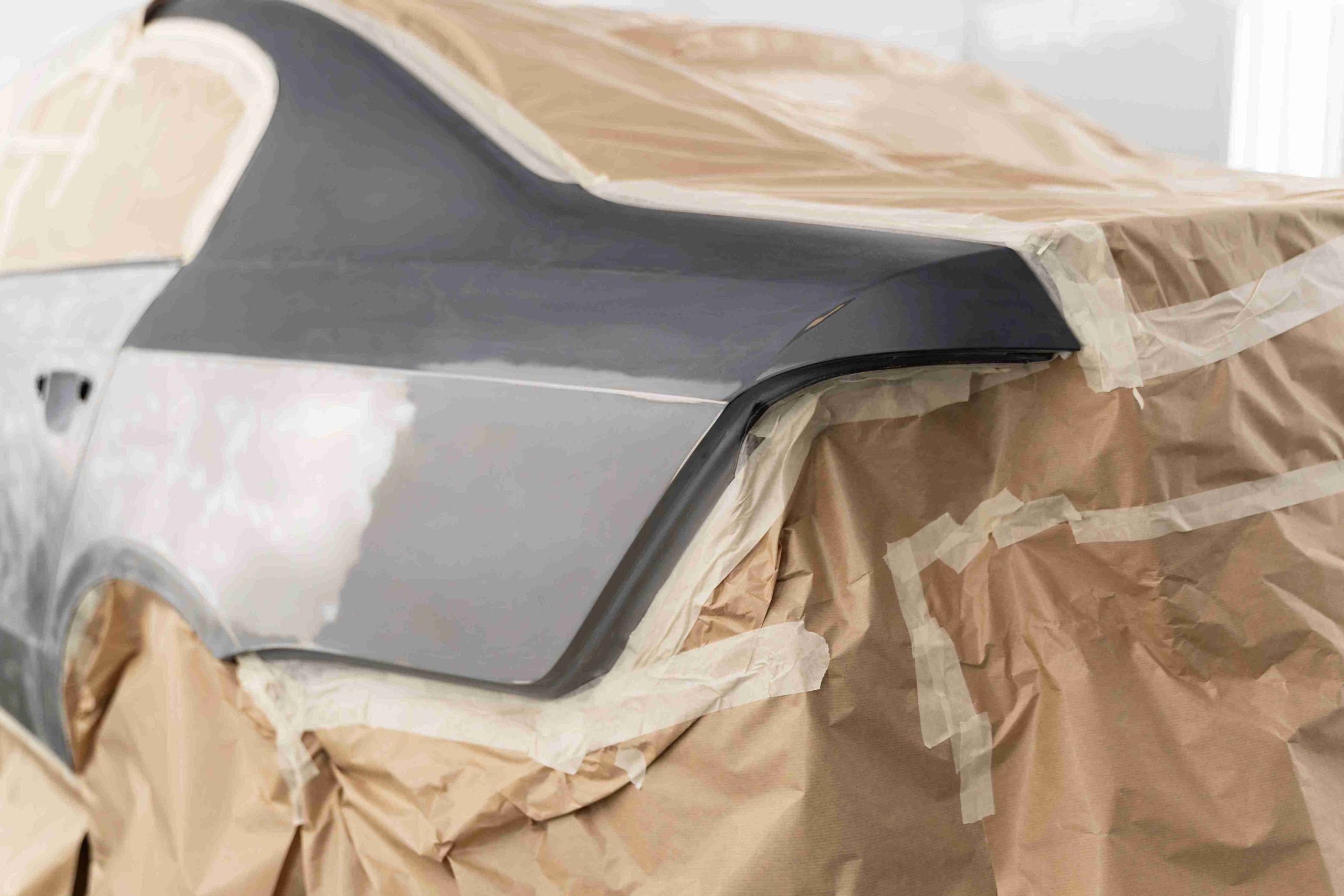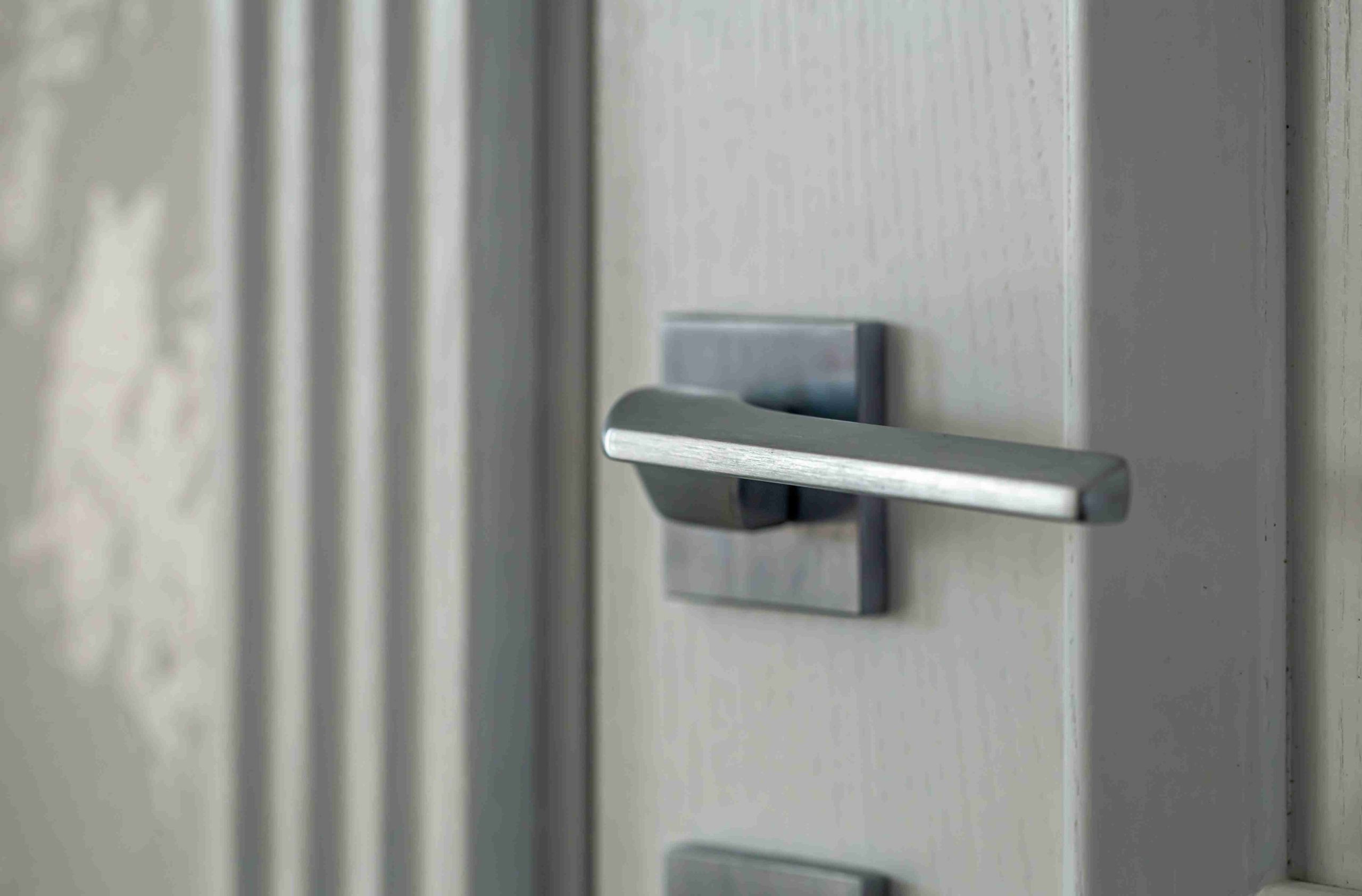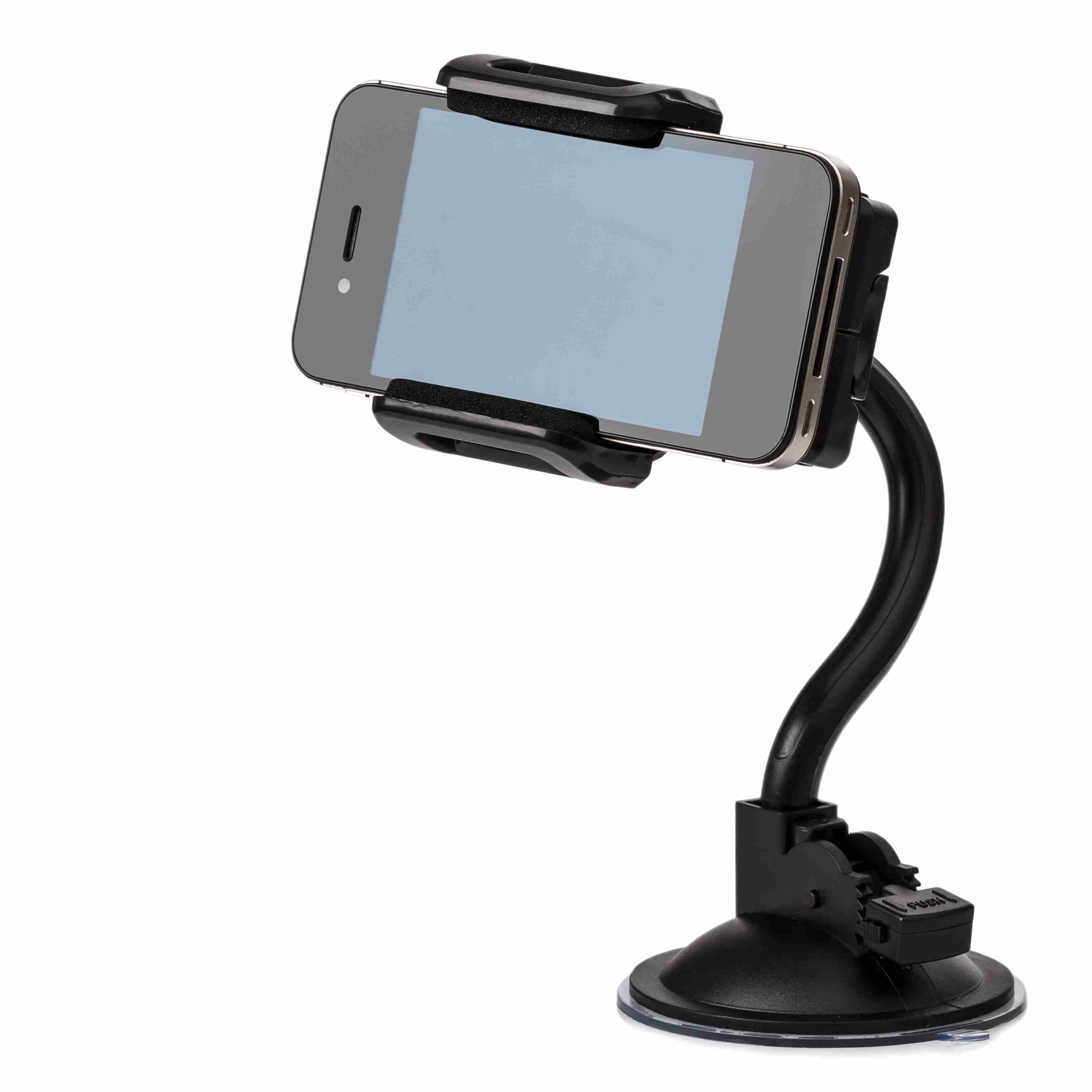The Shift to Real-Time, On-Device Intelligence
In modern healthcare, speed and precision can make all the difference. Whether in a hospital setting or at home, medical devices are becoming smaller, smarter, and more capable of autonomous decision-making. A big reason for this is the growing use of edge AI and advanced display technologies.
Traditional diagnostics often rely on cloud-based analysis or off-site labs. While useful, this process can introduce delays and privacy concerns. Edge computing addresses these limitations by enabling real-time data analysis directly on the device, eliminating lag and maintaining data confidentiality.
Wearables and the New Standard for Personal Monitoring
Take wearable health monitors, for instance. These devices now track heart rate, oxygen levels, and movement in real time, thanks to onboard AI processors like the Jetson Nano. Instead of sending raw data to external servers, these devices interpret signals locally. If something goes wrong—like an arrhythmia—they alert the user instantly.
When paired with OLED or TFT display modules, these wearables evolve from basic trackers to intelligent assistants. These compact displays provide real-time feedback through easy-to-understand graphs, color-coded alerts, and actionable recommendations. It’s healthcare in motion.
Enhancing Point-of-Care Diagnostics
Diagnostic tools like handheld ultrasound devices are also becoming more autonomous. With embedded AI chips, they analyze imaging data in real time, identifying abnormalities such as cysts or tumors without needing to transfer large files to cloud servers.
A nearby high-resolution screen—typically a TFT or OLED module—displays results immediately. Clinicians gain real-time insights, reducing decision-making time and enhancing diagnostic confidence, especially in time-sensitive environments like ERs.
Remote Monitoring for Chronic Conditions
Hospital bedsides are seeing a quiet revolution. Medical carts and monitors powered by edge AI analyze trends and predict potential complications before they escalate. These insights appear on dedicated TFT LCD panels, keeping nurses and doctors constantly informed.
Meanwhile, home monitoring devices for conditions like diabetes or hypertension now come with embedded AI. If a glucose level spikes, the system not only records it but also explains the implications on a built-in display—offering dietary tips, medication reminders, or doctor prompts.

AI-Driven Interfaces for Patients and Practitioners
Edge AI isn’t just for patients. Doctors benefit from tools that assess skin lesions, eye scans, and respiratory patterns using locally stored AI models. Devices with OLED screens visualize this analysis on the spot, highlighting concerning areas without the need for an internet connection.
Even in outpatient settings, clinicians can use portable diagnostic panels with multilingual touch displays. These interfaces guide patients step-by-step, making healthcare more accessible and reducing clinician workload.
Access, Privacy, and Offline Capability
Edge AI and displays are also critical for remote or underserved regions. Diagnostic kits can operate completely offline, analyzing symptoms like fever or dehydration and displaying treatment suggestions on basic monochrome LCDs.
Since data is not sent to external servers, patient privacy is preserved—a key consideration in both rural and urban healthcare environments. These systems also function reliably where connectivity is limited, ensuring healthcare reaches everyone.
Visualizing Mental and Preventive Health
The application of these technologies isn’t limited to physical health. Devices that monitor sleep or stress patterns now use AI to suggest wellness tips. Paired with intuitive displays, they might show a breathing exercise animation or recommend a brief walk, reinforcing preventive care through calm, visual guidance.
Even smart bathroom mirrors now feature hydration analysis, skin condition tracking, and health coaching—all powered by local processing and responsive display elements. It’s a seamless experience that blends into daily routines.
Conclusion: The Future of Health Is Local and Visual
Looking ahead, the integration of edge AI and intelligent displays in healthcare will become even more personalized. Imagine biometric sensors feeding continuous data to local AI processors that understand your health trajectory. Transparent OLED screens could one day replace bulky monitors, projecting vital stats directly onto bedside walls or handheld devices.
But this is not just about futuristic hardware. It’s about delivering meaningful care where and when it matters. Whether it’s a parent checking a child’s temperature or a doctor scanning a patient’s lung, the ability to analyze and visualize health data instantly will save time, improve outcomes, and empower both providers and patients.
In this future, data isn’t just collected—it’s interpreted in real time, shown clearly, and used immediately. Thanks to the synergy between edge AI and display technology, healthcare is becoming faster, smarter, and more human.




